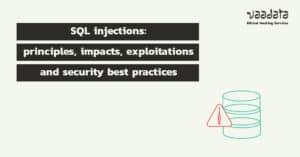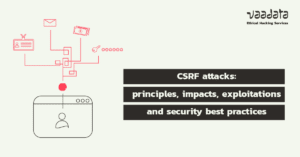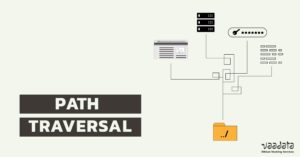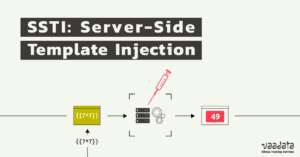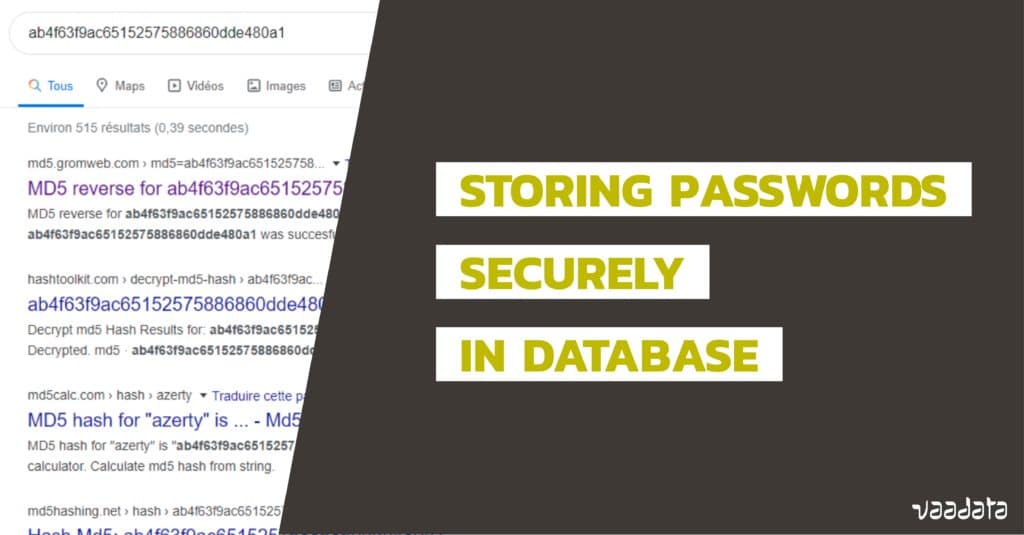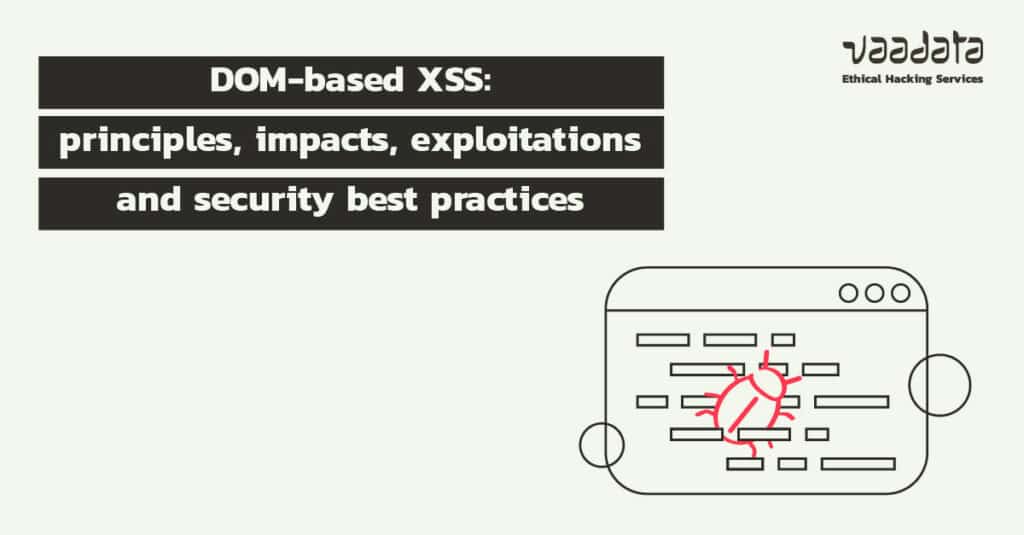
DOM-based XSS is a particularly unknown vulnerability because it is rather rare. Indeed, it is a variant of XSS (Cross-Site Scripting) – certainly one of the most widespread vulnerabilities in web applications.
Principles, impacts, possible exploits, we present in this article a complete overview of DOM XSS vulnerabilities as well as best practices to prevent the risks of attacks and compromise of your web applications.


